Jackfruit, the colossal and prickly tropical fruit native to South and Southeast Asia, has transcended its cultural roots to become a global culinary sensation. Revered for its versatility, unique flavor, and impressive nutritional profile, jackfruit has carved a niche in vegan and vegetarian diets as a meat substitute, thanks to its fibrous texture when unripe. However, beneath its spiky exterior lies a lesser-known debate: when selecting a jackfruit, should you opt for the elongated variety or the round one? This article delves into the nuances of each shape, exploring how their differences in anatomy, taste, texture, and culinary applications can influence your choice.
Anatomy and Appearance: More Than Just Shape
At first glance, the most striking difference between elongated and round jackfruit varieties is their form. Elongated jackfruits, as the name suggests, resemble oversized cucumbers or footballs, tapering slightly at the ends. In contrast, round jackfruits are nearly spherical, resembling giant green orbs. However, shape is not the only distinguishing feature. The skin’s texture, color, and even the arrangement of its signature conical protrusions (called “spines”) can vary.
Elongated varieties often boast a smoother, less pronounced spine structure, with spines spaced more evenly across the surface. Their skin color typically ranges from bright green to yellowish-green, depending on ripeness. Round jackfruits, on the other hand, may have denser, more prominent spines and a slightly thicker rind. Color variations here can lean toward deeper greens or even hints of brown as they mature.
Size also plays a role. While both types can grow to monumental proportions—some exceeding 80 pounds—elongated jackfruits tend to be longer and slimmer, whereas round varieties prioritize girth. This anatomical distinction is not merely aesthetic; it hints at differences in flesh distribution and seed-to-pulp ratios, which directly impact culinary uses.

Taste and Flavor Profile: Sweet vs. Subtle
The flavor divergence between elongated and round jackfruit varieties is subtle yet significant. Unripe jackfruit, regardless of shape, is relatively neutral in taste, making it ideal for absorbing savory flavors in dishes like curries, stews, or pulled “pork” sandwiches. However, ripe jackfruit reveals distinct sweetness levels tied to its shape.
Round jackfruits are often celebrated for their intensely sweet flavor, characterized by tropical notes of mango, pineapple, and banana. This sweetness is attributed to higher sugar content, particularly fructose, which develops fully during ripening. The flesh of a round jackfruit is also juicier, with a melt-in-your-mouth quality that lends itself to desserts, smoothies, or fresh consumption.
Elongated varieties, while still sweet when ripe, tend to offer a more balanced flavor profile. Their taste is less cloying, with subtle hints of citrus and a mild, almost artichoke-like undertone. This makes elongated jackfruit a versatile candidate for both sweet and savory preparations. For instance, its less overpowering sweetness allows it to shine in salads, stir-fries, or as a pizza topping without dominating the dish.
Texture and Flesh Characteristics: From Fibrous to Buttery
Texture is another critical factor in the elongated-vs.-round debate. Unripe elongated jackfruit is prized for its meat-like texture, with firm, stringy flesh that mimics pulled pork or chicken. This quality stems from its lower moisture content and denser fiber structure, which holds up well during cooking. Round jackfruit, while also fibrous when unripe, tends to have a slightly softer texture, making it less ideal for applications requiring a “meaty” chew.
When ripe, the texture contrast becomes more pronounced. Round jackfruit flesh transforms into a soft, buttery consistency with a custard-like creaminess. This texture is perfect for blending into ice creams, jams, or purees. Elongated varieties, while still tender when ripe, retain a firmer bite, akin to overripe mango or peach. This resilience makes them better suited for grilling, caramelizing, or adding to fruit salads where structure is desired.
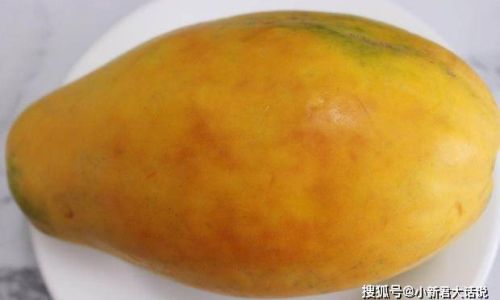
Seed distribution also varies. Round jackfruits often contain larger, starchier seeds embedded within the fleshy pods, which can be boiled, roasted, or ground into flour. Elongated varieties typically have smaller, more numerous seeds, which are easier to remove and less prominent in culinary preparations.
Culinary Versatility: One Size Does Not Fit All
The shape of a jackfruit can dictate its optimal culinary use. Unripe elongated jackfruit is the darling of plant-based meat alternatives, thanks to its ability to absorb marinades and spices while maintaining a fibrous texture. Its firm flesh holds together during slow-cooking methods like braising or smoking, making it ideal for tacos, sandwiches, or stir-fries. The mild flavor also allows it to pair seamlessly with bold seasonings, from barbecue rubs to Thai curry pastes.
Round jackfruit, while suitable for savory dishes, truly excels in sweet applications. Its high sugar content and creamy texture when ripe make it a natural fit for desserts. Imagine it blended into a decadent cheesecake, simmered into a syrupy compote, or frozen into a dairy-free sorbet. The larger seeds in round varieties can also be repurposed—roasted seeds make a crunchy snack akin to chestnuts, while ground seeds add thickness to sauces or batters.
For fresh eating, both varieties shine, but the experience differs. Round jackfruit offers a luxurious, almost decadent mouthfeel, while elongated varieties provide a refreshing, less cloying sweetness. Hybrid dishes, such as jackfruit “crab cakes” or spring rolls, can leverage either type depending on the desired texture and flavor balance.
Nutritional Showdown: Nature’s Multivitamin
Nutritionally, both elongated and round jackfruit varieties are powerhouses, though subtle differences exist. A cup of raw jackfruit provides approximately 157 calories, 3 grams of protein, and 38 grams of carbohydrates, with a impressive 3 grams of dietary fiber. It is also rich in vitamin C, vitamin A, magnesium, and potassium.
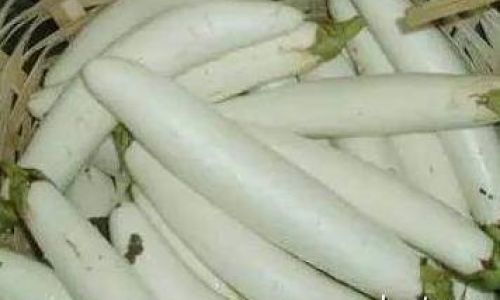
Round jackfruit may have a slight edge in sugar content, contributing to its sweeter taste. However, elongated varieties often contain marginally higher levels of vitamin B6 and thiamine, which support energy metabolism and brain function. Both types are low in saturated fat and cholesterol, aligning with heart-healthy diets.
The seeds, often overlooked, are a nutritional bonus. Rich in protein, fiber, and antioxidants, they can be boiled, roasted, or ground into gluten-free flour. Round jackfruit seeds are typically larger and require longer cooking times, while elongated varieties offer smaller, quicker-cooking seeds.
Agricultural and Environmental Factors
The shape of a jackfruit is not arbitrary; it is influenced by genetic, climatic, and agricultural factors. Elongated varieties, such as the popular “Black Gold” or “Koozha,” thrive in regions with distinct wet and dry seasons, like parts of India and Sri Lanka. Their shape may be an adaptation to monsoon climates, where elongated fruits shed water more efficiently, reducing the risk of rot.
Round varieties, such as the “Varikka” or “Singapore Gold,” are often cultivated in tropical zones with consistent humidity, such as Thailand and Malaysia. Their compact shape may offer structural advantages in windy conditions, preventing branch damage. Additionally, round jackfruits are sometimes favored for commercial cultivation due to their higher pulp-to-rind ratio, maximizing edible yield.
Organic growing practices can also influence shape. Stressors like irregular watering or nutrient deficiencies may lead to irregularly shaped fruits, though modern cultivation techniques have largely standardized the form of commercially available varieties.
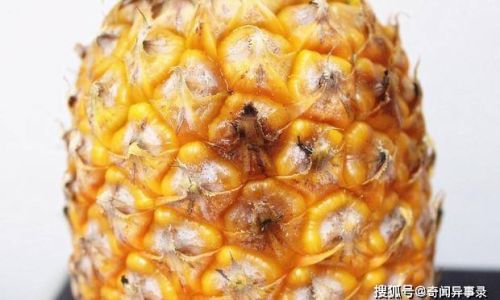
Practical Tips for Selection and Storage
Regardless of shape, selecting a ripe jackfruit requires careful inspection. Here’s how to choose (and store) the perfect specimen:
-
Color and Aroma: A ripe jackfruit, whether elongated or round, will emit a sweet, fruity scent from its stem. The skin should transition from bright green to a duller, yellowish-green. Avoid fruits with bruises or mold.
-
Texture Test: Gently press the skin; it should yield slightly without feeling mushy. Overripe jackfruit will feel soft and may emit a fermented odor.
-
Sound Check: Tap the fruit—a ripe jackfruit produces a hollow, drum-like sound.
-
Storage: Unripe jackfruit can be kept at room temperature for 3–5 days. Once ripe, refrigerate it for up to a week or freeze the flesh in airtight containers for longer shelf life.
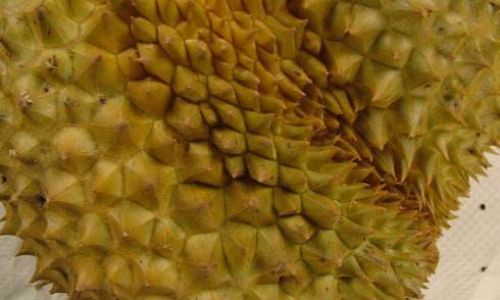
When cutting a jackfruit, lubricate your knife and hands with oil to combat the sticky latex. For elongated varieties, slice lengthwise; round ones are easier to quarter.
The Verdict: Context Is King
The debate between elongated and round jackfruit ultimately hinges on context. If you seek a meat substitute for savory dishes, the elongated variety’s firm texture and mild flavor reign supreme. For desserts, jams, or fresh indulgence, the round jackfruit’s sugary richness and creamy flesh are unmatched.
However, this dichotomy is not absolute. Hybrid cultivars and cross-pollination have blurred the lines, yielding fruits with intermediate traits. Additionally, regional preferences play a role—in Kerala, India, elongated jackfruit is prized for its culinary versatility, while in the Philippines, round varieties dominate the dessert scene.
Conclusion: Embrace the Bounty
Whether elongated or round, jackfruit remains a testament to nature’s ingenuity. Its ability to adapt to diverse climates, nourish communities, and inspire culinary innovation is unparalleled. The next time you encounter this spiky giant, consider your needs: craving a vegan steak? Reach for the elongated variety. Yearning for a tropical dessert? The round fruit awaits. Ultimately, both shapes offer a gateway to sustainability, flavor, and the joy of exploring the world’s culinary tapestry—one prickly fruit at a time.
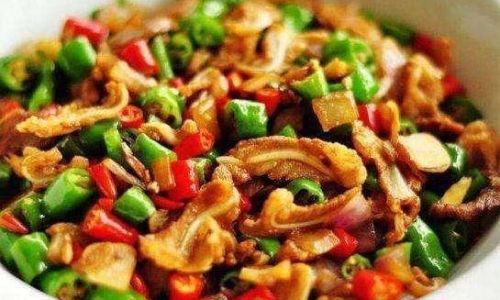
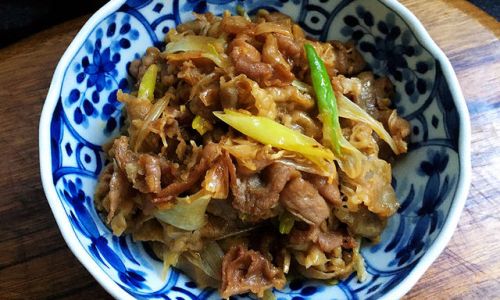
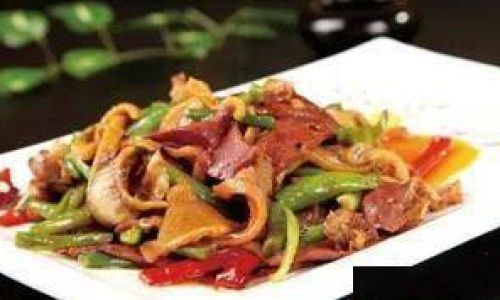
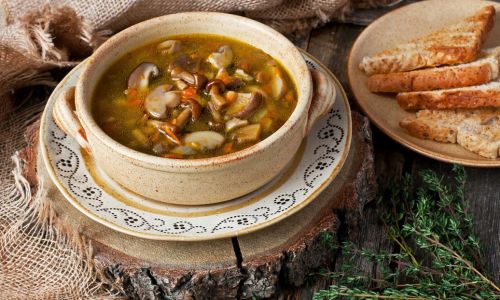


0 comments